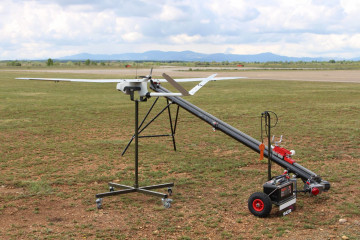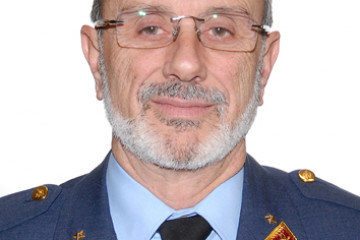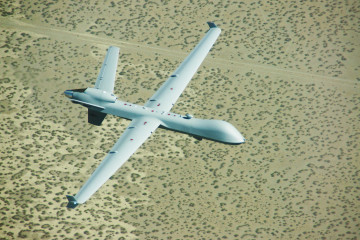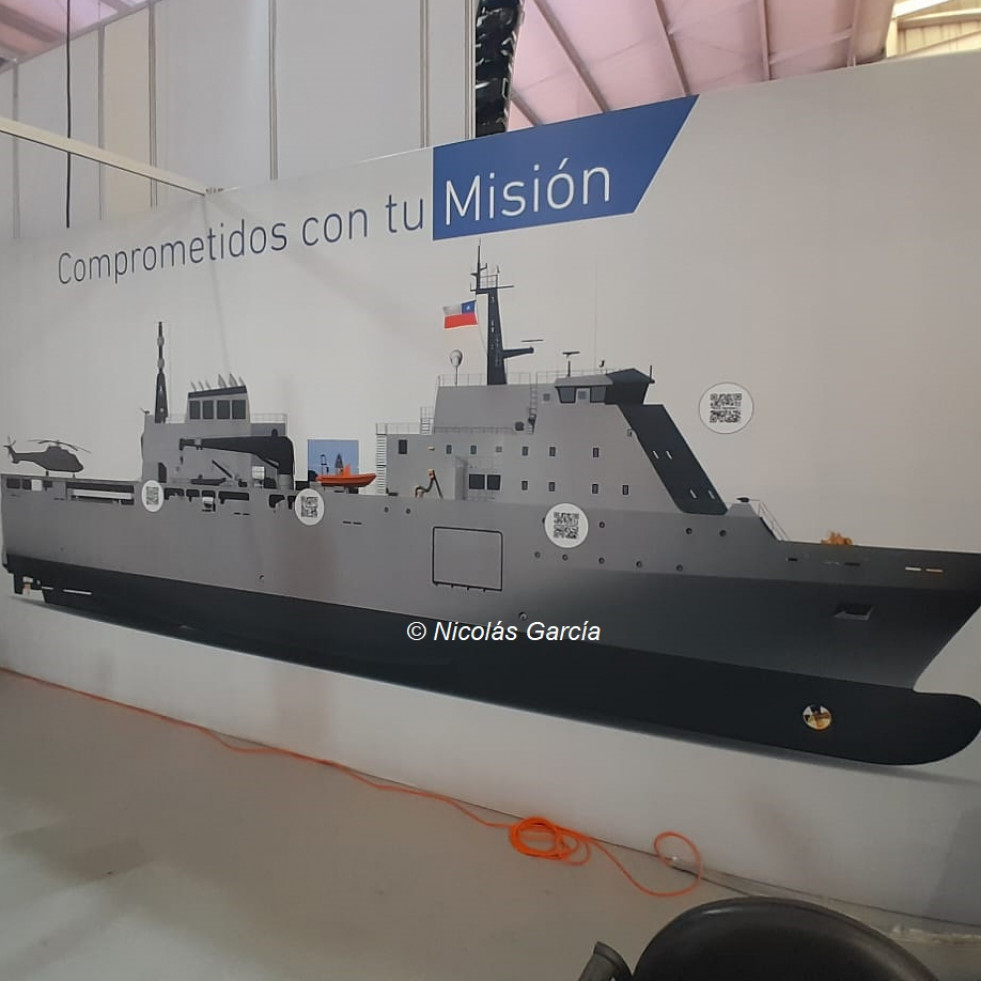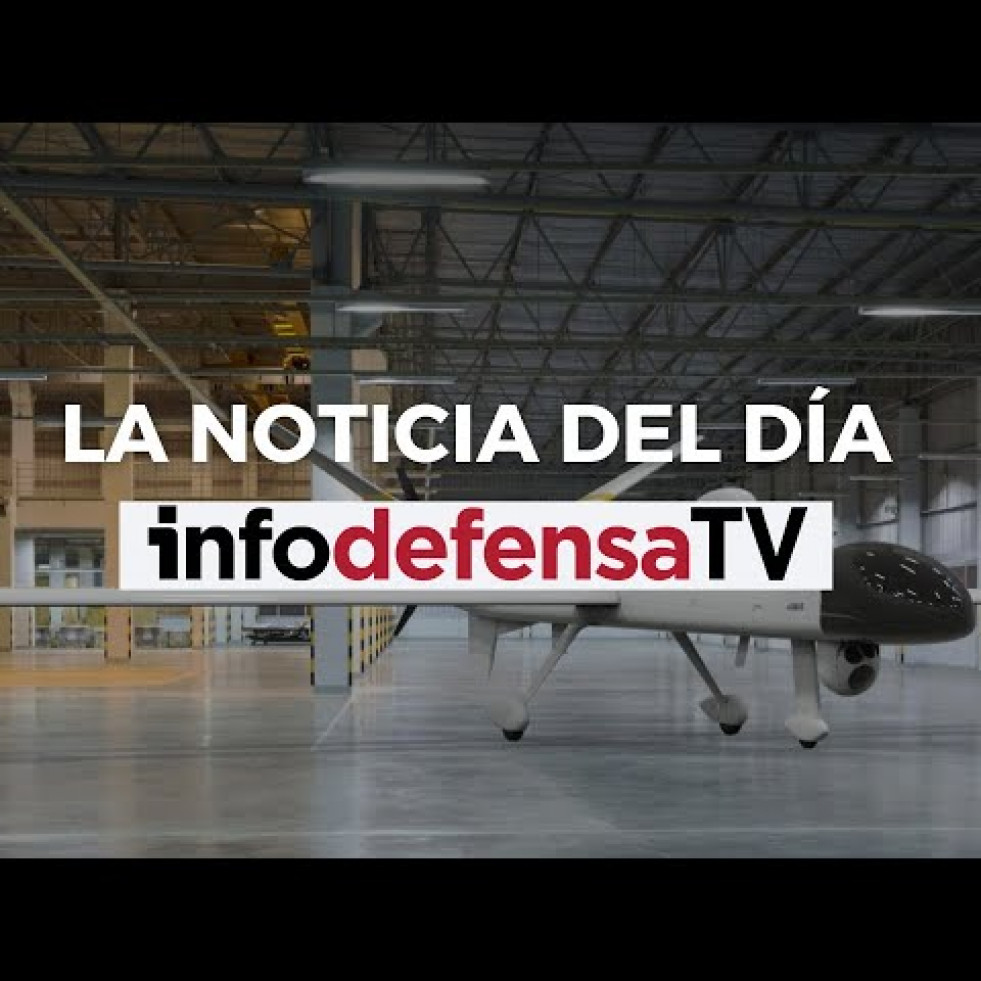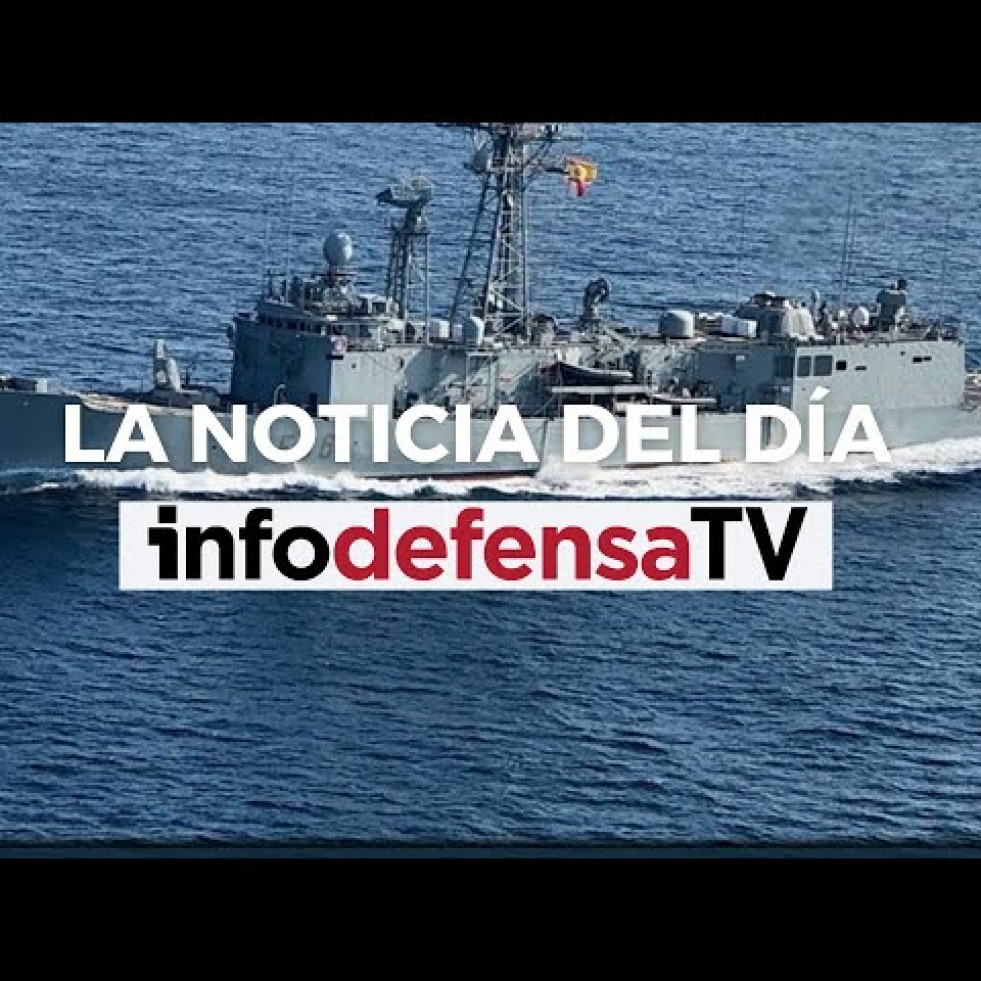Maj. Gen. Monforte INTA: Were working on the equipment of RPAS for when it becomes necessary
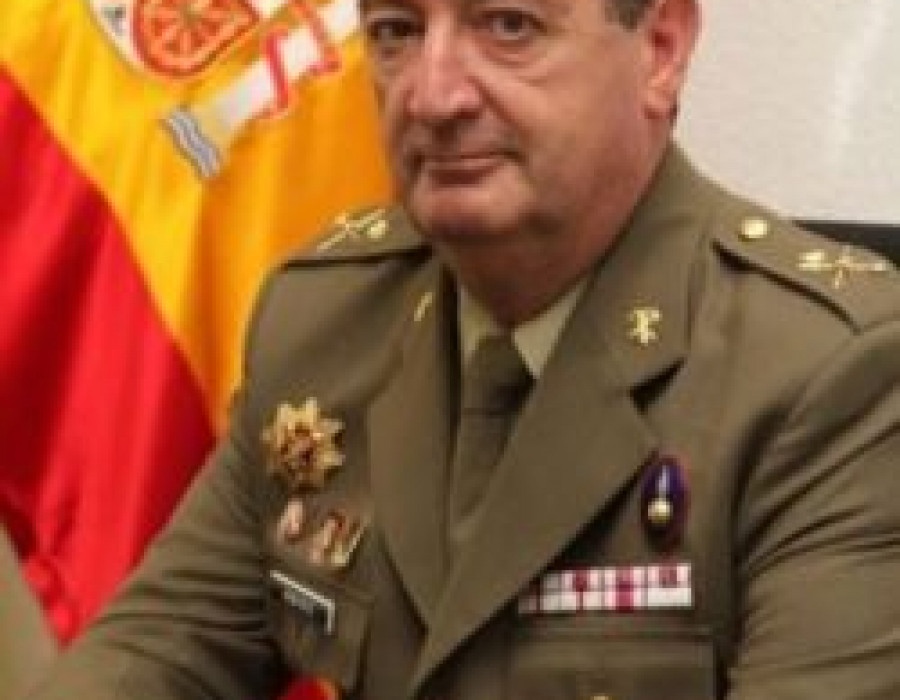
The Spanish Army’s Maj. Gen. Manfredo Monforte Moreno, head of the Subdirectorate-General of Land Systems at Spain’s National Institute for Aerospace Technology (INTA), will be present at the upcoming Unvex Security & Defense (Unvex S&D) unmanned aircraft systems summit in the northwestern Spanish city of León.
In an interview with Infodefensa.com, the general analyzed the application of new technologies in the RPAS (Remotely-Piloted Aircraft Systems) sector and tackled some of the initiatives in which the Spanish defense ministry’s public research entity is currently involved.
In this regard, he underscored that they were working on equipping RPAS with the aim of preparing INTA for when the time comes to support the industry, as well as on the certification of these kinds of innovations.
Monforte will moderate on Tuesday, May 29, the roundtable Initiatives with New Technologies. INTA will also have a strong presence at the fair, as it will showcase its Light Observation Aircraft (LOA) and perform a flight demonstration on Wednesday, May 30, at the Spanish Army’s Conde de Gazola military base.
Which initiatives using new unmanned technologies do you think are the most remarkable in the field of defense?
The use of unmanned systems needs to take advantage of current technological innovations by incorporating new capabilities, from CBRe (chemical, biological, radio and explosives) sensors to specific SIGINT equipment, communications, spectrum disturbance, target surveillance and tracking, and, of course, the incorporation of lethal and non-lethal armament capable of being used both in- and outdoors that exploits the capabilities provided by big data and artificial intelligence.
Do the Spanish industry and entities such as INTA have the capability to develop solutions in this cutting-edge sector?
Spain’s aeronautical industry boasts a very good health and is, globally speaking, at the highest level. INTA, of course, as both a public research entity and a technical organ of the Ministry of Defense, has experience, knowledge and initiatives that are already supporting domestic initiatives. For example, we’re working on the equipment of RPAS with the aim of preparing INTA for whenever its support for the industry or certification of novelties is needed.
Are these capabilities applicable to all kinds of unmanned vehicles?
Yes, not only aircraft systems, but also land, naval, submarine, underground systems and those that remain dormant/abandoned and are awakened by a specific signal or event. We shouldn’t forget that artificial satellites have been the first unmanned systems, and their civil and military usefulness is unquestionable.
Do you believe that the tendency of an increasing use of RPAS in defense and security will continue in the coming years?
Without a doubt, it will continue at an accelerated rate as new applications start to appear. The problem will lie in the sector’s regulation, especially that of the systems’ security certificates (airworthiness) and operators. For heavier military systems, the aircraft’s control will become more and more automated, letting the operator only perform actions that do not surpass the aircraft’s limitations. There are already examples of autonomous vehicles capable of carrying a pilot on board or being remotely piloted or being programmed according to the airspace in which the mission is being carried out. In this sense, the Galileo system represents a great advance for European Union countries, giving them autonomy and freedom of action in the field of satellite navigation.
What steps do you consider that the EU should take in order to arrive at a new European Defense Policy?
In the first place, establish a common – real – strategy that unifies concepts, procedures, interoperability programs, materials and a unified military doctrine. This is especially important after Brexit. We should start from a common foreign policy action, something that appears to be difficult at present. In this sense, Syria is a good example of the challenges we face. And all of this, considering there are EU countries that also belong to NATO, while others use material that proceeds from the extinct Soviet Union, which further complicates convergence.
Which could be the first step?
A good start could be based on the Communication and Information Systems (CIS) for the command and control of operations, which would imply generating a consensual architecture that allows each member state to develop its systems with in-built interoperability. Without a doubt, solutions like software-defined radio could contribute to that end goal, although for that you would need to establish domestic “custodians” of waveforms that are alien to shifts in the industry and businesses. For that, I’m thinking of INTA, as it is the Ministry of Defense’s technical organ.


